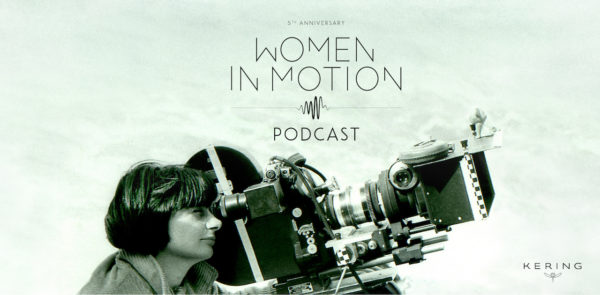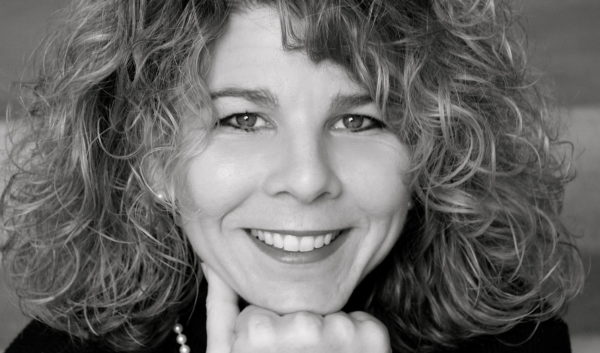"Change has arrived"
Stacy L. Smith, Associate Professor at the University of South California (USC), is a specialist in the study of gender in cinema and television.
When did you start focusing your research on women in the film industry?
In 2005, we began studying gender in film, in partnership with an organization that later became the Geena Davis Institute on Gender in Media. In 2008, I launched what is now the Annenberg Inclusion Initiative and we began issuing reports on the film industry, covering gender, ethnicity, and now the LGBT community and disability as well. We also study other forms of entertainment, including TV and digital content, music, and film criticism.
Do you feel more as a researcher or as an activist?
My work sits at the intersection of research and activism. After years of research on the topic, our team realized that we had expertise and insight that could be used to create change. Now, we use the data that we collect to develop solutions and illuminate how individuals and companies can address ongoing inequality.
Could you explain in simple terms what “inclusion rider” means?
An inclusion rider is a provision in an actor’s contract that can be used to counter bias in the interviewing and casting process both on screen and behind the camera. It allows actors or producers to use the leverage they have when negotiating contracts to create access and opportunity for other individuals in roles that have historically gone to one group of people. I worked with Kalpana Kotagal and Fanshen Cox DiGiovanni to develop template language for the inclusion rider, which you can find on the Annenberg Inclusion Initiative website.
At the Oscars 2018, Frances McDormand’s sentence on inclusion rider gave an immediate and inter national exposure to these two words you had coined at USC. Did you know she would mention them in her speech?
I did not! It was a wonderful surprise when it was mentioned in her speech, and came about through the power of women helping each other.
Have contracts really changed since Oscars 2018?
There is evidence that inclusion riders are being used. For example, the film Hala used an inclusion rider. Michael B. Jordan worked with Warner Media to ensure that the inclusion rider became an inclusion policy that will be used across the company. Just Mercy, the first film made under this policy, is scheduled to be released by Warner Media in 2020.
What is your assessment of the situation today, and what are your hopes?
We recently released research showing that the number of leading characters that are female and from underrepresented ethnic groups increased in 2018. We also saw an increase in Black/African American directors in 2018. In partnership with TIME’S UP, we launched the 4% challenge to encourage industry members to hire more female directors. To date, around 120 individuals and seven companies have signed on to the challenge. This suggests that change has arrived, and I’m hopeful that more is on the horizon.



